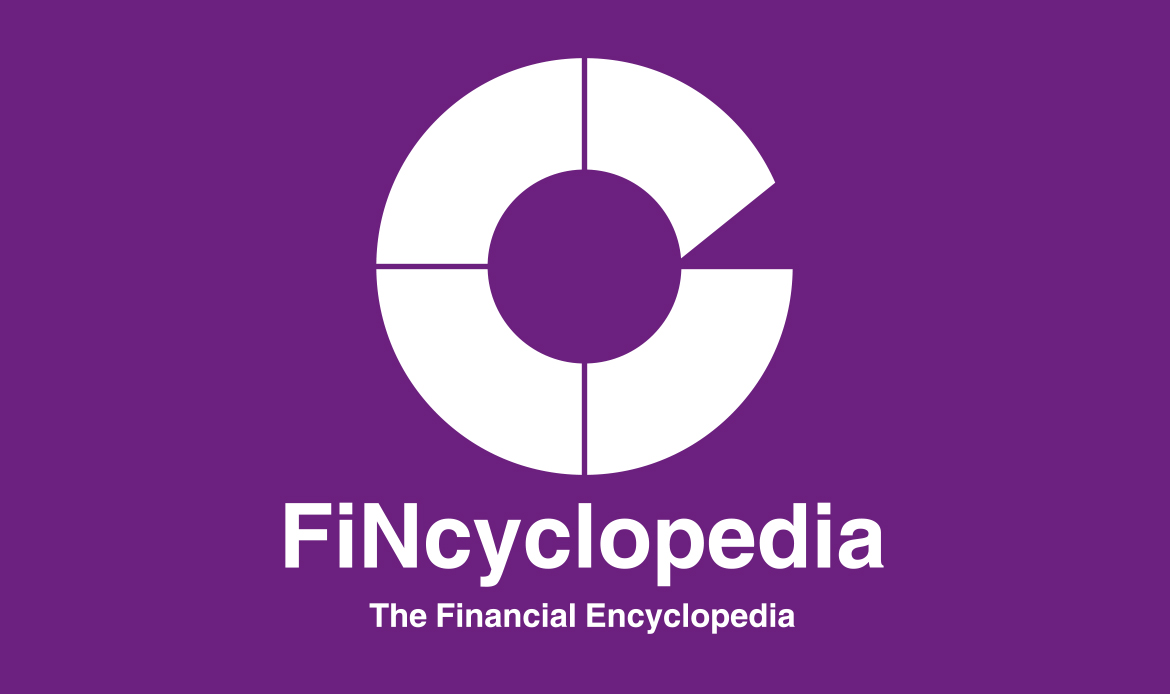A debt instrument (range accrual note) where the issuer has the option (call option) to redeem (call) the note at predetermined dates in the future, typically at par (face value). This might be the case when the reference rate gets higher and the investor is managing to secure high returns, then the issuer would call the note and pay back the principal (par, 100%) to the investor. This callability is valuable to the issuer while it exposes the investor to re-investment risk. Therefore, the issuer compensates the investor for this risk by offering a higher potential return.
Callable range accrual notes typically initiate as range accrual notes attached with a high initial coupon. After a specific initial period, the coupons become dependent on the reference index sticking to a pre-determined range. As the initial “lockout” period passes by, the note becomes callable on coupon payment dates (call dates). Once the note is called, no more coupons will be paid, and the investor is paid back the principal amount of the note.
These instruments allow investors to get an above-market initial coupon and potential above-market coupons in the future if the reference rate remains within the range. They also give investors access to possibilities of risk diversification because the amount of each coupon depends on daily rate fixings rather than a single rate.







